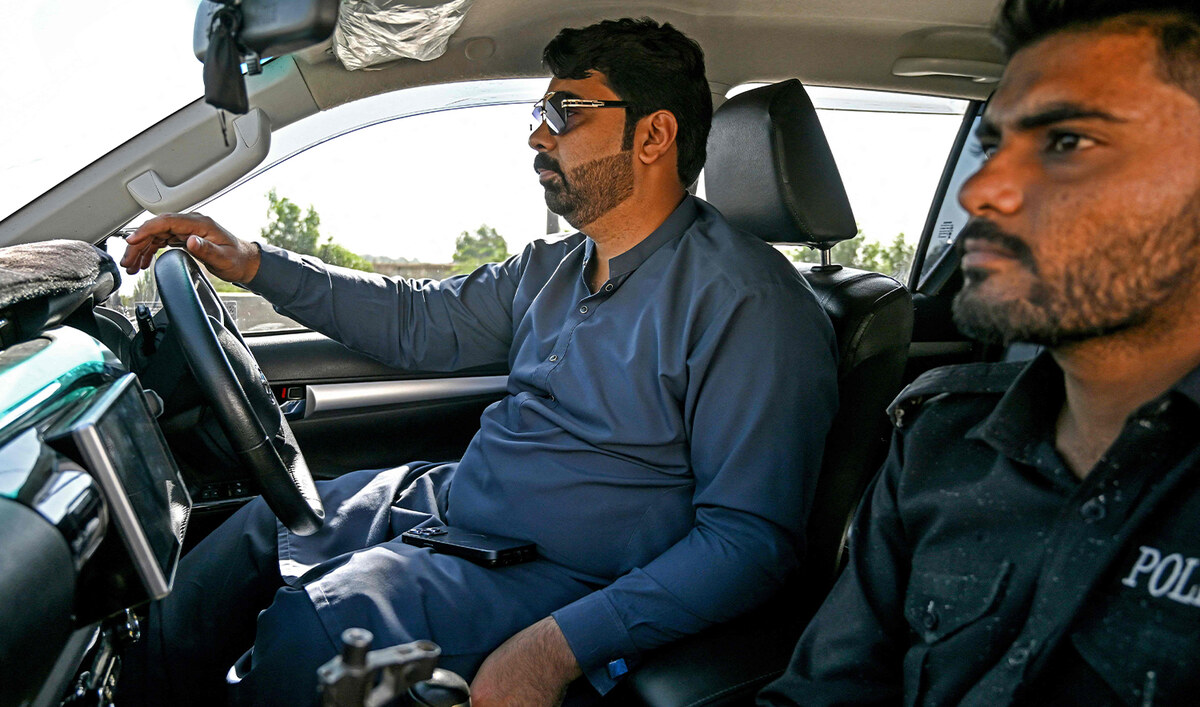DUBAI: Saudi producer Farah Al-Ibrahim’s new digital art show “Pearls of emotions” is set to premiere at the Theater of Digital Art in Dubai on Dec. 2.
Presented by her production company Artellosa, Al-Ibrahim told Arab News she hopes this show, which explores the rich history of pearl diving in the Gulf, resonates with viewers and offers them a new perspective on the region and its culture.
“I feel it's in my DNA to talk about pearls and our relationship to the sea. But knowing this culture and keeping it in our hearts is not enough. We need to preserve it and reflect it to international audiences,” she said.

Al-Ibrahim relied on AI to generate the imagery for this art exhibition. She described the process as a challenge as AI databases are not fully versed with data from the Arab world. (Supplied)
The desire to engage a diverse audience is a key driving force behind the experience, as “Pearls of Emotion” features a unique musical score that fuses traditional Gulf melodies with contemporary sounds in order to appeal to visitors from around the globe, as well as younger generations seeking a fresh take on the exploration of Gulf heritage.
“A lot of people think our civilization started when oil money entered the region. This is not correct, we have the need and duty to change that perspective and reflect the beauty and richness of our culture,” Al-Ibrahim explained.
“Pearls of emotions” tells the story of a bride who says goodbye to her husband days after their marriage as he embarks on a pearl diving journey, explained Al-Ibrahim.

“Pearls of emotions” tells the story of a bride who says goodbye to her husband days after their marriage as he embarks on a pearl diving journey, explained Al-Ibrahim. (Supplied)
“The show has seven parts, each one talks about a certain emotion such as love, resilience, strength, pride and so on,” she added.
The show offers a 360° immersive journey back in time at TODA, a 1,800-square-metre immersive art space located in Souk Madinat Jumeirah.
Al-Ibrahim relied on AI to generate the imagery for this art exhibition. She described the process as a challenge as AI databases are not fully versed with data from the Arab world.
By talking to her family, who have a long history in the trade, Al-Ibrahim was able to collect information on what ships, sailors and diving experiences looked and felt like so she could feed it to AI programs and generate a depiction of these stories.
“It's very important to have these stories documented, even if it's AI,” she said.


























